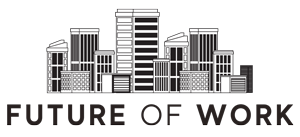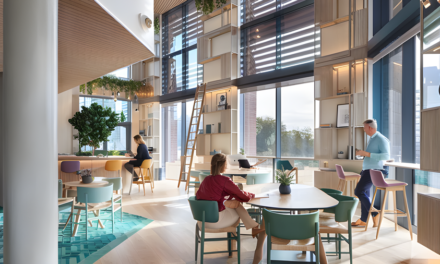Recent research by Hubble, a prominent flexible workspace platform, brings to light that the challenges surrounding the workspace model persist, even several years after the initial post-lockdown shift.
An extensive survey of 200 company leaders spanning roles such as CEOs, HR, Operations, and Workspace, offers valuable insights into the future direction and inclinations of businesses within the continually changing workspace environment.
Key Insights: The Current State of Workspace Satisfaction
- Just over half (50.2%) of surveyed leaders are content with their present workspace configuration.
- A significant 68.7% anticipate alterations to their workspace strategy within the coming year.
- 65.2% of these leaders wish for their staff to spend more time in the office. This sentiment is most pronounced among CEOs, 87.5% of whom share this view.
- For businesses considering a mandatory return to the office, a two-day weekly return is the most favoured option.
Leaders remain divided on the optimal workspace strategy. Those companies that have implemented a remote workspace policy tend to be the most satisfied (57.4%). In contrast, businesses adhering to a strictly office-based approach are less content (43.8%).
For hybrid models, satisfaction appears contingent upon the specific variant of hybrid work. For instance, fixed office days each week emerge as the most popular (51.4%), followed by allowing employees to choose (47.7%), and designating a certain number of days is the least favoured (44.2%).
The Ongoing Evolution of Workspace Strategies
A notable 68.7% of businesses are considering revamping their workspace strategy in the forthcoming 12 months. This suggests a persistent struggle among companies to pinpoint the most effective approach for their teams.
Regarding the direction of change, the most popular options were:
- Shifting entirely to remote work but offering workspace as needed (31.9%).
- Downsizing to a smaller office (24.6%).
- Equal preference for expanding to a bigger office and going completely remote (21.7% for both).
Hubble’s CEO, Tushar Agarwal, observes, “The ongoing challenge for leaders in finding a suitable workspace arrangement underlines the redundancy of a universal solution. Businesses must explore various alternatives to discover what aligns best with their distinct requirements, be it maintaining a dedicated office or adopting more adaptable, on-demand work methods.”
In-Person Work: The Leaders’ Perspective
The data underscores a prevalent preference among leaders for more frequent in-office team interactions. 65.2% of them expressed a desire for their teams to be in the office more frequently.
Among those contemplating a mandatory return, the most popular options were two days a week (30.3%) and three days a week (28.1%). A full-time office return was only favoured by 9%.
Regarding this, Agarwal comments, “The discourse surrounding the return-to-office mandates is intensely polarised. While employees have reshaped their lives around heightened flexibility and anticipate its continuation, the advantages of face-to-face interactions are irrefutable. Direct interactions with peers can significantly bolster personal growth, efficiency, and overall well-being. My personal inclination is towards a balanced strategy, crafting a setting where employees are motivated to come to the office, making office days truly special.”
Measuring the Efficacy of Workspaces: Still a Conundrum
The survey implies that the models of remote and hybrid work still pose challenges, especially concerning teamwork. Satisfaction with team communication is reported by only 49.3% of remote-first leaders and 45.2% of those in hybrid setups.
Opinions also diverge on the pandemic’s impact on overall company productivity. While 31.3% believe they are more efficient now than pre-pandemic, 37.8% think otherwise. Similarly, the assessment of employee job satisfaction post-pandemic is split, with 37.8% perceiving an increase, and 34.8% not observing any positive change.
Reflecting on the survey’s implications, Agarwal concludes, “The findings underscore our ongoing quest to navigate the post-pandemic workspace. It’s imperative now, more than ever, for businesses to retain flexibility in exploring workspace solutions, without being bound by long-term commitments or incurring costs for unoccupied spaces.”






